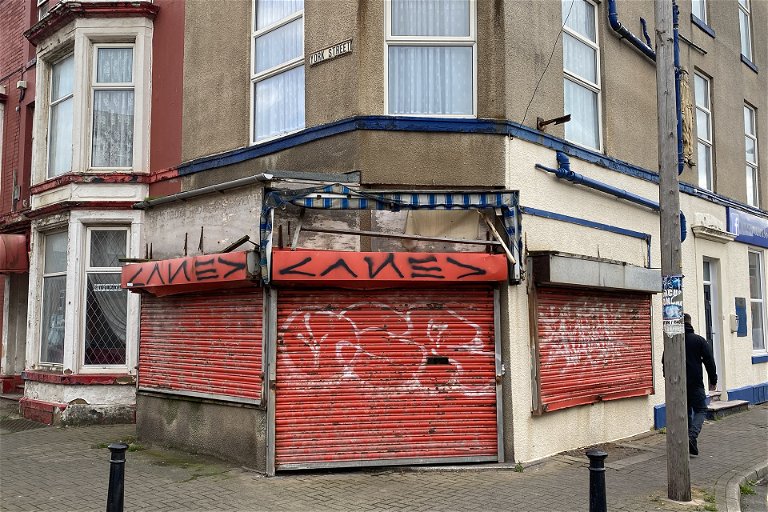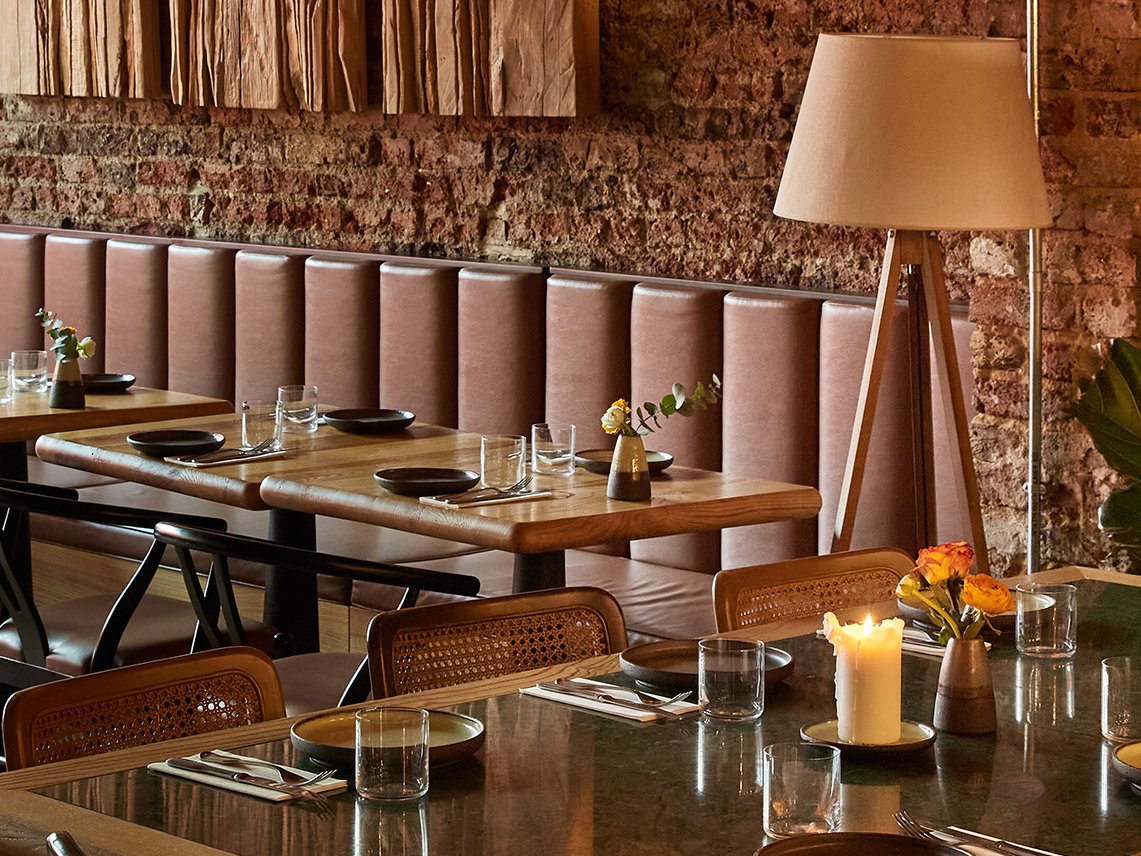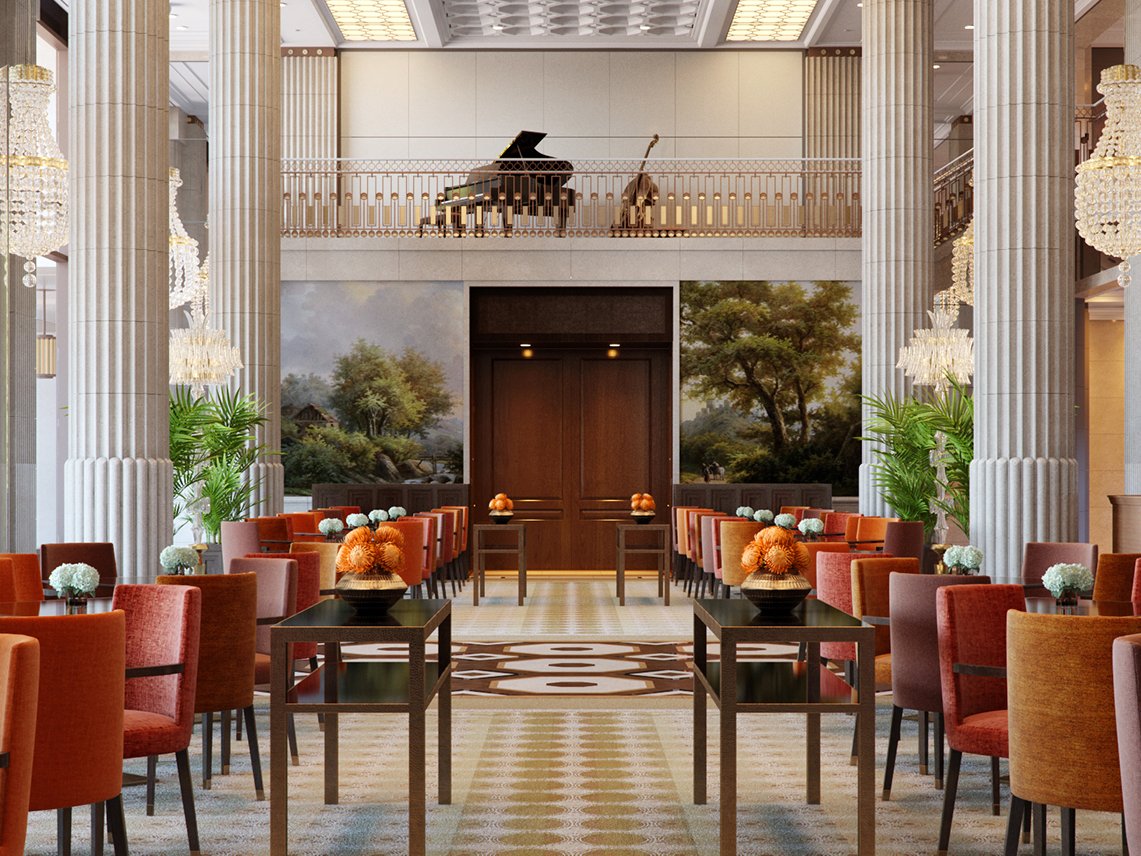Lost in time: The UK beach resort of Blackpool
The iconic town that time has somewhat forgotten.
My rude awakening on the train to Blackpool was the lady opposite gently shouting at her son “ ’Enry us is ‘ere”, the quaint yet rather incorrect tradition (often referred to more kindly as “colloquial” by many of hearing some northern British people drop the first-letter “h” and incorrectly mix their subject and object pronouns).
Blackpool is a traditional seaside resort in Lancashire on the northwest Irish Sea coast of England, unusually, within its own eponymous Borough. It is the fifth-most populated town (despite its size, it is not a city, yet is the most densely-populated area in the country outside London) in North West England after Manchester, Liverpool, Bolton and Warrington. It’s home to the Blackpool Tower, one of the UK’s most iconic structures; when it was built in 1894 and was, for many years, the tallest building in the British Empire.

Trying to regenerate
It is rather ironic for a town that has markedly declined and is currently trying its best to regenerate and reinvent itself; the first sight on leaving the Blackpool North train station is a strikingly designed middle-market superstore.
Thriving on tourism, there is no doubt that its heyday was the first half of the 20th century. Northern English factory workers, as well as working-class visitors from Glasgow (in Scotland), flocked there in their thousands to enjoy the promenade, long, safe beach, candy floss, traditional British fish and chips and the one-time most popular free (it now charges an admission fee which has severely reduced visitor numbers) attraction, the ‘Pleasure Beach’ with its roller coasters, rides and amusements. Converted Victorian and Georgian terraced houses throughout the town provided hundreds of reasonably-priced bed and breakfast accommodation options for families.
Aside from the iconic tower itself (which you can travel to the top of via lift [elevator] in 68 seconds for £16 - €18 and enjoy a traditional cup of tea or a beer), at its base, you will find Blackpool Tower Circus and the world-famous Blackpool Tower Ballroom (also an admission charge whether dancing or not), with its unique 36.5m x 30m sprung floor, and spectacular internal architecture, home to many international and national ballroom championships as well as BBC television’s annual “Strictly Come Dancing” finals.

Sadly, the Tower and its associated attractions, the Sea Life aquarium, three working piers, a Madame Tussaud’s waxwork museum, pleasure beach, annual kilometres of autumn illuminations, and even the one-time location for political party annual gatherings, are simply no longer enough. The decline in tourism and increase in those seeking affordable housing flocking to the town has transformed the once in-demand, all-year-round - but now in excess-to-demand - bed and breakfast accommodation into bedsits.
In fairness, Blackpool, like many locations, suffered due to Covid-19 In 2020 it lost 70% of the visitors (6 million) it so heavily relies on compared with 2019 (18 million). That represents a substantial loss of around €1.3billion.
Blackpool is somewhat the antithesis of what is happening in the United States. In the US, their coastal centres are flourishing while inlands suffer. However, it is the UK’s seaside towns that appear to have suffered. The added competition in the mix is that (current financial constraints inflicted by the weak Pound Sterling aside) a family of four on holiday to the sun can cost the same, if not less than an equivalent quality stay for the same family on holiday in Blackpool.
It has to be added in Blackpool’s defence that the tourist season for the town, as a result of the often-inclement British weather, only begins at Easter and then ends in early November (when the famous illuminations are switched off). This means that incomes from summer outdoor attractions, the sale of candy floss (cotton candy), fish and chips and souvenirs from shops and street vendors while walking along the promenade, not to forget the likes of taxi fares and horse-drawn attrition carriages, all dry up during the winter months.

A ghost town
When I visited, the town was somewhat like a ghost town in terms of tourists., numbering some 300 visitors. However, I do think it being a Wednesday and the first full week of school term time will have had a considerable effect. The tourists there were predominantly wheelchair users from neighbouring Southport and Lytham (a lovely town, yet only 12km from Blackpool) care homes, avoiding the school children back at school and thus taking advantage of the remaining warm, off-season days with a bit of peace and quiet. While there were around 40 people at the top of Blackpool tower (around 150 people were enjoying an afternoon tea dance in the Tower Ballroom), I went straight to the desk to check in with my top-of-tower ticket to catch the lift. When I walked along the North Pier (for the first time, I might add), there were a mere 15 or so people, but I did enjoy a rather delicious homemade-style ice cream.

The town still has a heart
Sadly, some 10 per cent of working-age inhabitants in the town live on state benefits paid to those considered too sick to work. Antidepressant prescription rates are among the highest in England, while very sadly, life expectancy, already one of the lowest in England, has recently started to fall.
The local authority is trying its best, but the economic climate makes this extremely difficult. This is a shame, as the town still has a heart. There can be no doubt that is standing at the top of the northern seafront and looking towards the famous tower, the three piers, and the view out to sea (on a clear day, the mountains of the Isle of Man can be seen in the distant West) and the pleasure beach attractions a couple of kilometres down the road still maintain that wow factor for those inland urban dwellers who visit.













